28 May Carpal Tunnel Syndrome
Carpal Tunnel Syndrome
|
What is carpal tunnel syndrome?
Carpal tunnel syndrome is pain or numbness and tingling affecting a part of the medial nerve distribution of the hand and may radiate into the arm. Carpal tunnel is common and every year, more than 1.25 in 1000 men and 2.5 in 1000 women have surgery to alleviate these symptoms.
Signs and symptoms
Most patients report symptoms of pain, numbness or tingling after overuse of the hands or the wrists.
What causes carpal tunnel syndrome?
Patients may have a history of cumulative trauma to the wrist or inflammation develops in a tendon going through the carpal tunnel which causes swelling. Since there is very little space and swelling can put pressure on the medial nerve thus giving patient the symptoms mentioned above.
Other causes are linked to carpal tunnel most notably during pregnancy where the hormonal change in the woman’s body causes build-up of fluid further putting pressure on nerve. Also linked to carpal tunnel syndrome is an underactive thyroid, obesity, some medications, and diabetes.
Treatment options
There are 3 main options for carpal tunnel syndrome. Most often patient will either go to their G.P. or to their osteopath. If they go to their G.P., most likely they will be referred for steroid injection. In a paper published by PubMed in November 2017, the results show that corticosteroid injections provided symptom relief within the first 2 to 4 weeks. Symptoms corticosteroid injections provided relief in about 45 out of 100 people.
One of the studies suggests that a single injection is just as effective as dividing the dose between 2 injections given 8 weeks apart. In the same study paper it stated that “previous research suggests that corticosteroid injections still have an effect 10 weeks later. They aren’t effective in the long term, though. The symptoms return after a while.”
The other option is to have surgery. This is done by making a small cut the flexor retinaculum 1 to 2 inches long. The operation is done under local or general anaesthetic with discussion with the surgeon. In the same mentioned earlier “surgery is often more effective than regular corticosteroid treatment, but the corticosteroid injections may help to avoid surgery or put it off for a while. It is also possible to start having regular corticosteroid injections again after surgery”.
Osteopathy treatment is aimed at stretching soft tissues, freeing restricted carpal bones, removing oedema fluid, improving circulation and nerve function.
- Carpal tunnel syndrome: how effective are corticosteroid treatments. Published updated version of 16th November 2017 from institute for quality and efficiency in health care, Cologne, Germany.


